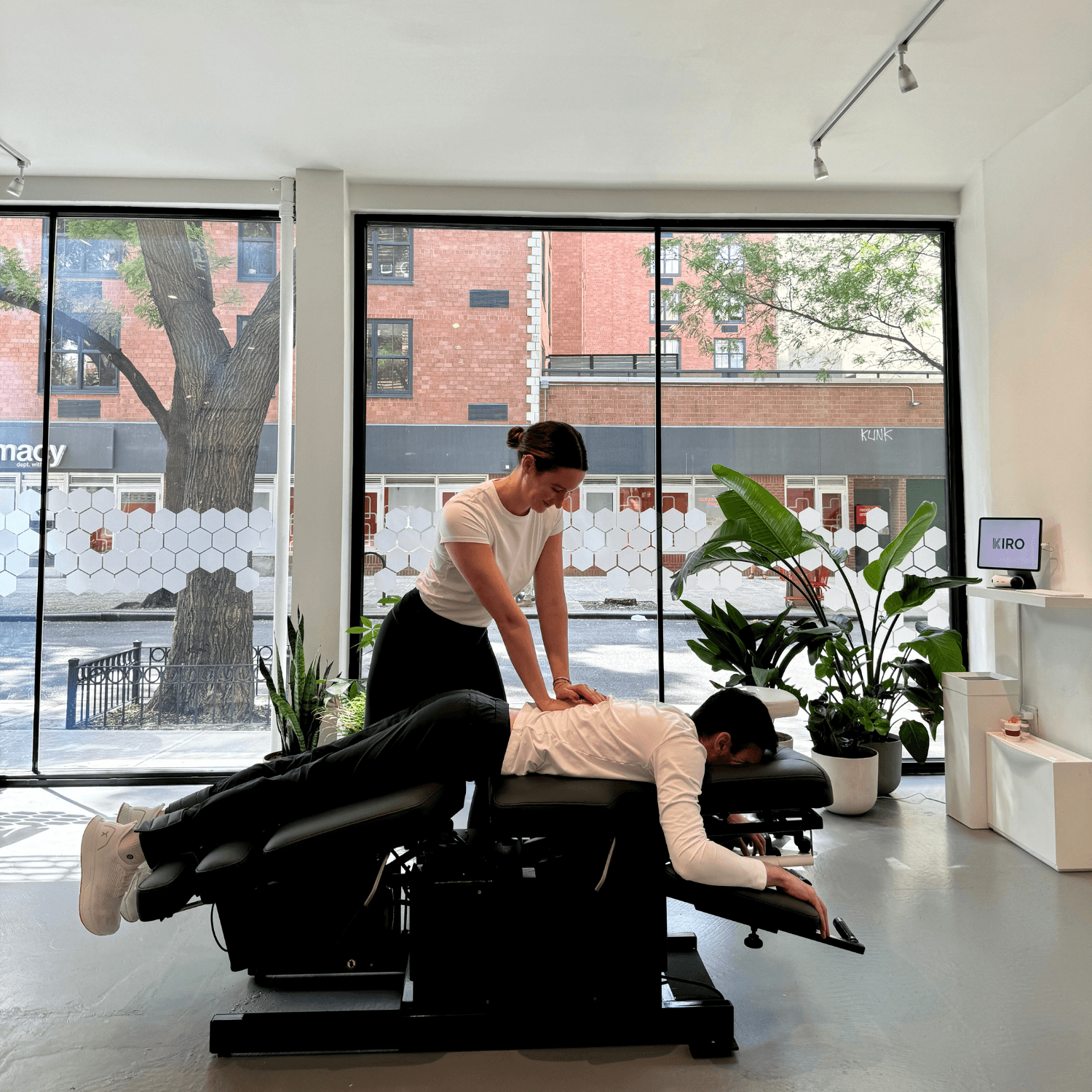Understanding Kyphosis: How Chiropractic Care Can Help Improve Posture
Sep 23, 2024
Kyphosis, often referred to as a "hunchback" posture, is a condition where the upper back rounds forward more than normal. This can lead to discomfort, reduced mobility, and, in severe cases, respiratory issues. While it's commonly seen in older adults due to degenerative changes in the spine, younger individuals, particularly those with poor posture from desk work or excessive screen time, are also at risk.
The Impact of Kyphosis on an Active Lifestyle
For those leading an active lifestyle, kyphosis can be a significant barrier. The excessive curvature can limit the range of motion in the spine, making it harder to perform physical activities effectively. It can also lead to muscle imbalances, where certain muscles become overly tight while others weaken, further contributing to poor posture and increasing the risk of injury.
How Chiropractic Adjustments Can Help
Chiropractic care offers a non-invasive approach to managing and improving kyphosis. Regular adjustments focus on realigning the spine, reducing the excessive curvature, and restoring proper posture. At KIRO in New York City, our chiropractors use precise, targeted adjustments to help correct spinal alignment, which in turn can alleviate discomfort and improve your overall posture.
"Kyphosis isn't just about appearance; it can significantly impact your quality of life. Our goal at KIRO is to help patients maintain a strong, healthy posture that supports their active lifestyle," says Dr. Sarah Dale, Director at KIRO.
Complementary Exercises for Better Posture
In addition to chiropractic care, incorporating specific exercises into your routine can help counteract the effects of kyphosis. Strengthening the back muscles and stretching the chest can reduce the forward curvature of the spine. Exercises like rows, reverse flys, and chest stretches are particularly beneficial.
Why Early Intervention Matters
Addressing kyphosis early can prevent it from worsening and reduce the need for more invasive treatments later on. Regular chiropractic adjustments, combined with a dedicated exercise regimen, can help you maintain a healthy spine and continue enjoying an active, pain-free lifestyle.


